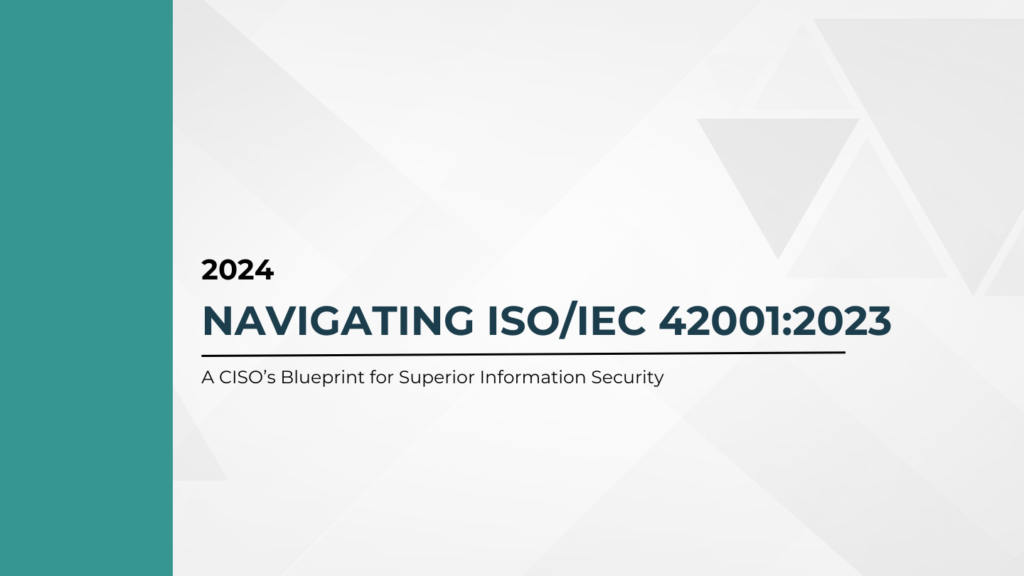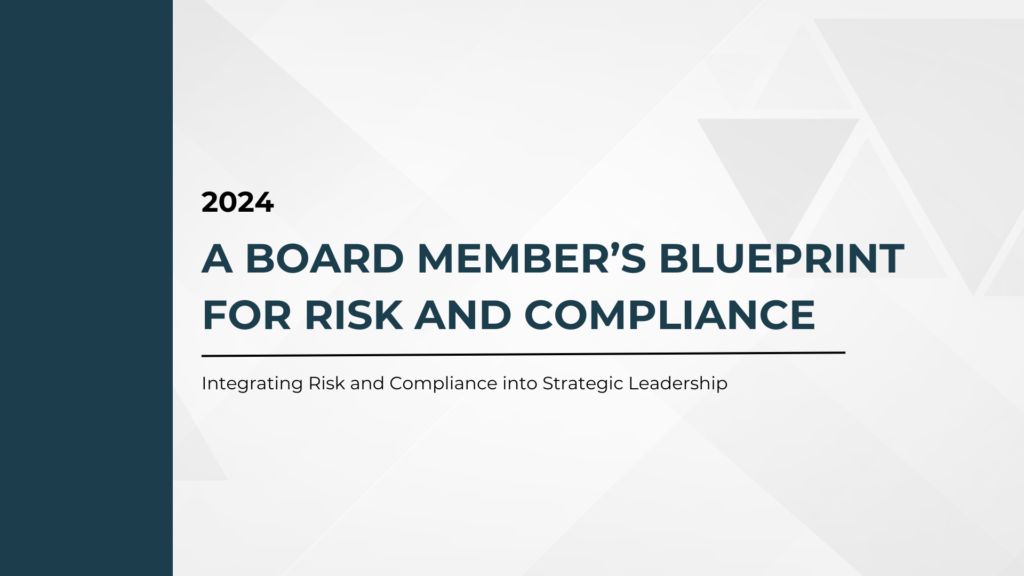This guide provides an in-depth understanding of Risk Committees within organizations, their purposes, structures, and functions. It serves as a comprehensive resource for understanding how these committees operate and their critical role in organizational risk management.
1. Definition of a Risk Committee
The guide begins by defining a Risk Committee as a specialized group within an organization, usually consisting of senior executives and sometimes board members. It highlights their role in identifying, evaluating, mitigating, and monitoring a wide range of risks, including financial, operational, strategic, and compliance-related risks.
2. Purpose of Risk Committees
Next, it delves into the primary purpose of Risk Committees, emphasizing their responsibility to ensure a robust risk management framework. It covers how these committees develop strategies to effectively manage risks, establish risk tolerance levels, ensure compliance with regulatory requirements, and embed a risk-aware culture throughout the organization.
3. Composition and Skills
The guide then explores the composition and necessary skills for Risk Committee members. It stresses the importance of having a diverse group with expertise in finance, operations, legal, compliance, and strategic planning, and elaborates on the diverse perspectives and skills crucial for effective risk assessment and decision-making.
4. Frequency and Structure of Meetings
The guide discusses the frequency and structure of Risk Committee meetings, which are typically held regularly (e.g., quarterly) and may increase in frequency when needed. It explains how these meetings are structured, including reviewing risk reports, discussing new and emerging risks, assessing the effectiveness of risk mitigation strategies, and making recommendations to the board or management.
5. Key Functions
Further, the guide outlines the key functions of a Risk Committee, such as reviewing and updating the risk management policy, assessing risk exposures and appetite, evaluating the effectiveness of risk management processes, ensuring alignment with the organization’s strategy, and overseeing compliance with regulatory and legal requirements.
Wrap It Up
Overall, the guide provides a thorough overview of Risk Committees, highlighting their crucial role in safeguarding an organization against potential threats and contributing to strategic decision-making. It serves as a valuable resource for anyone looking to understand the integral role of these committees in effective organizational risk management.













